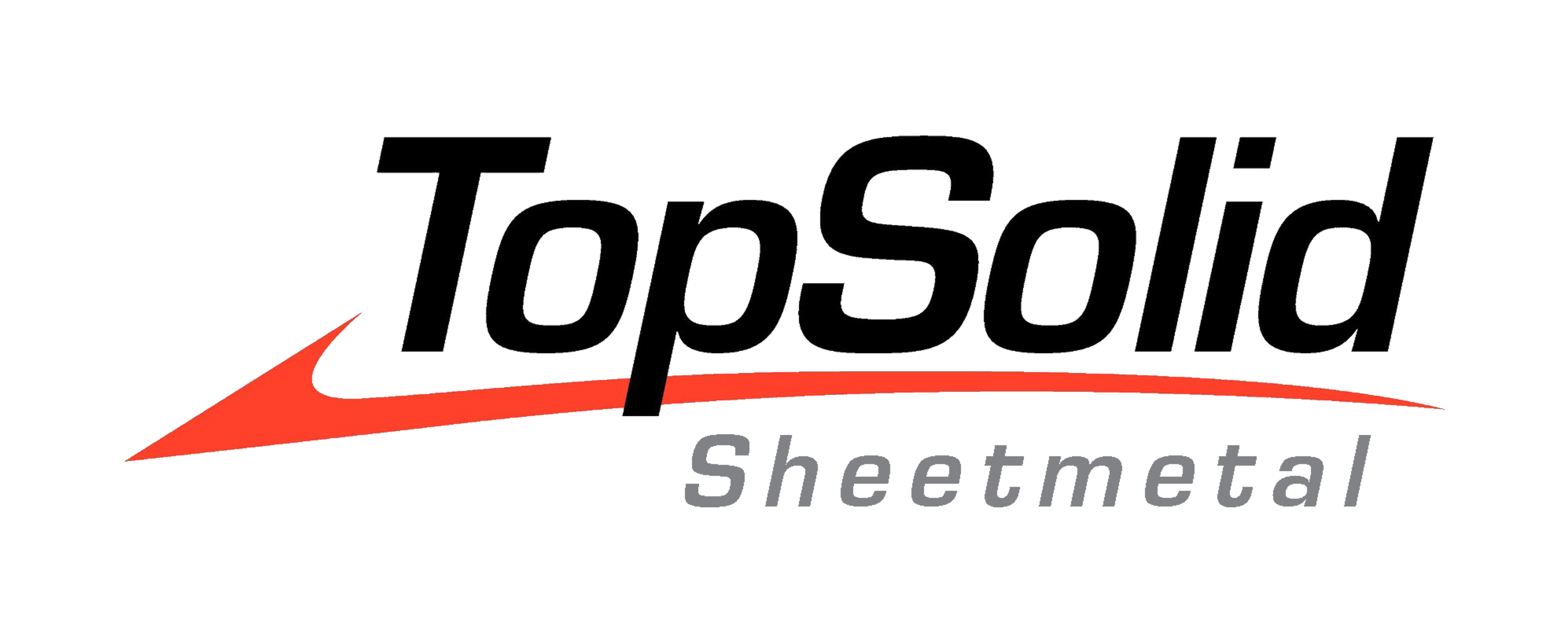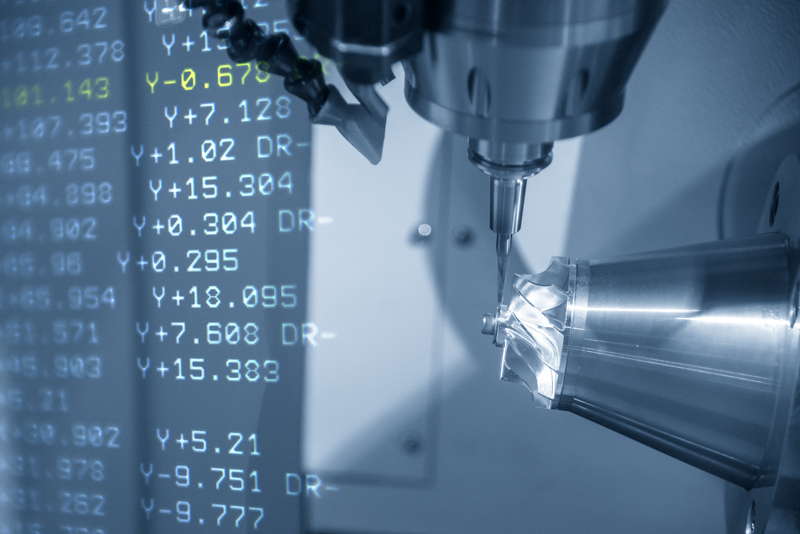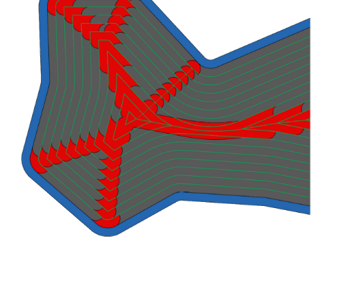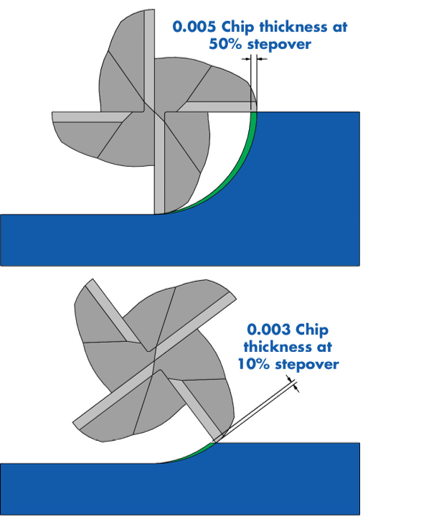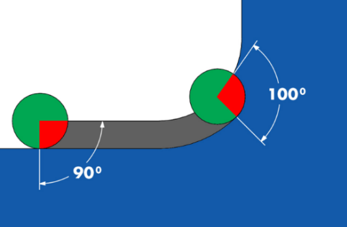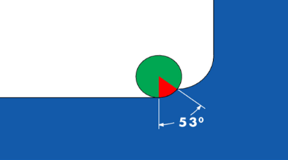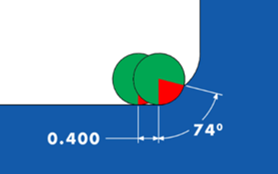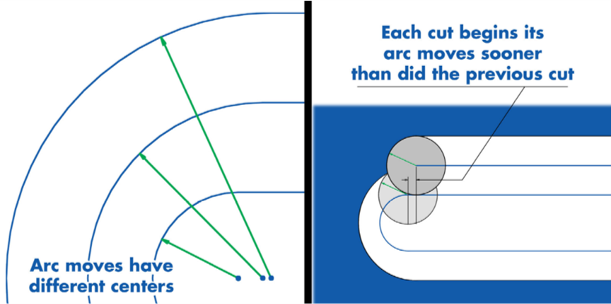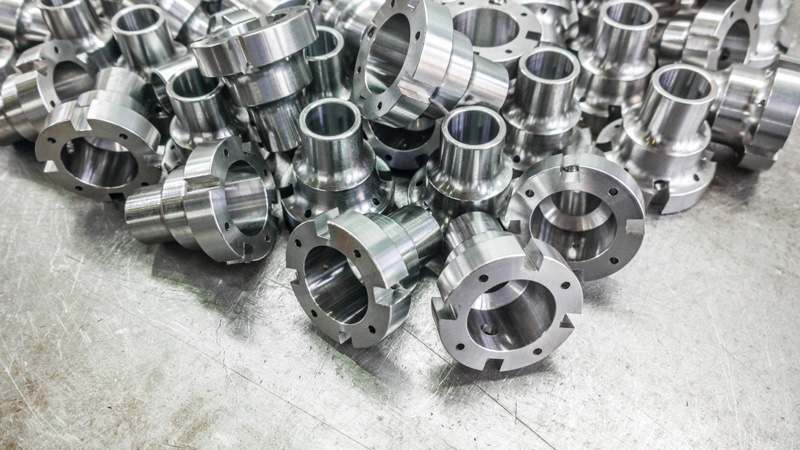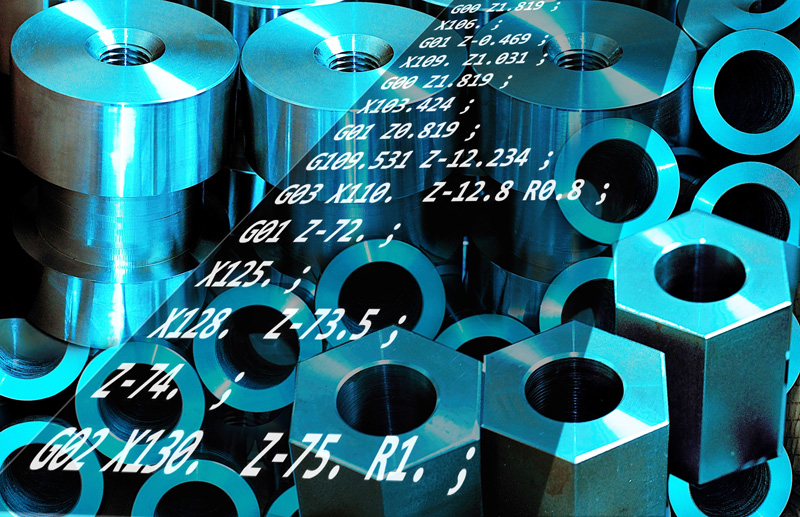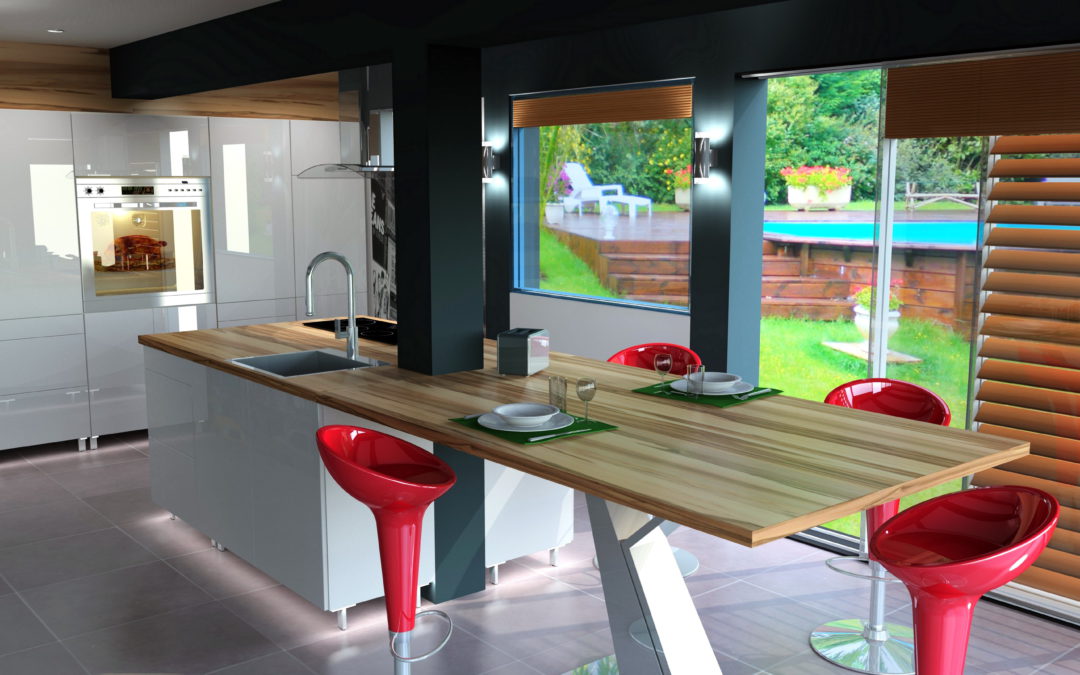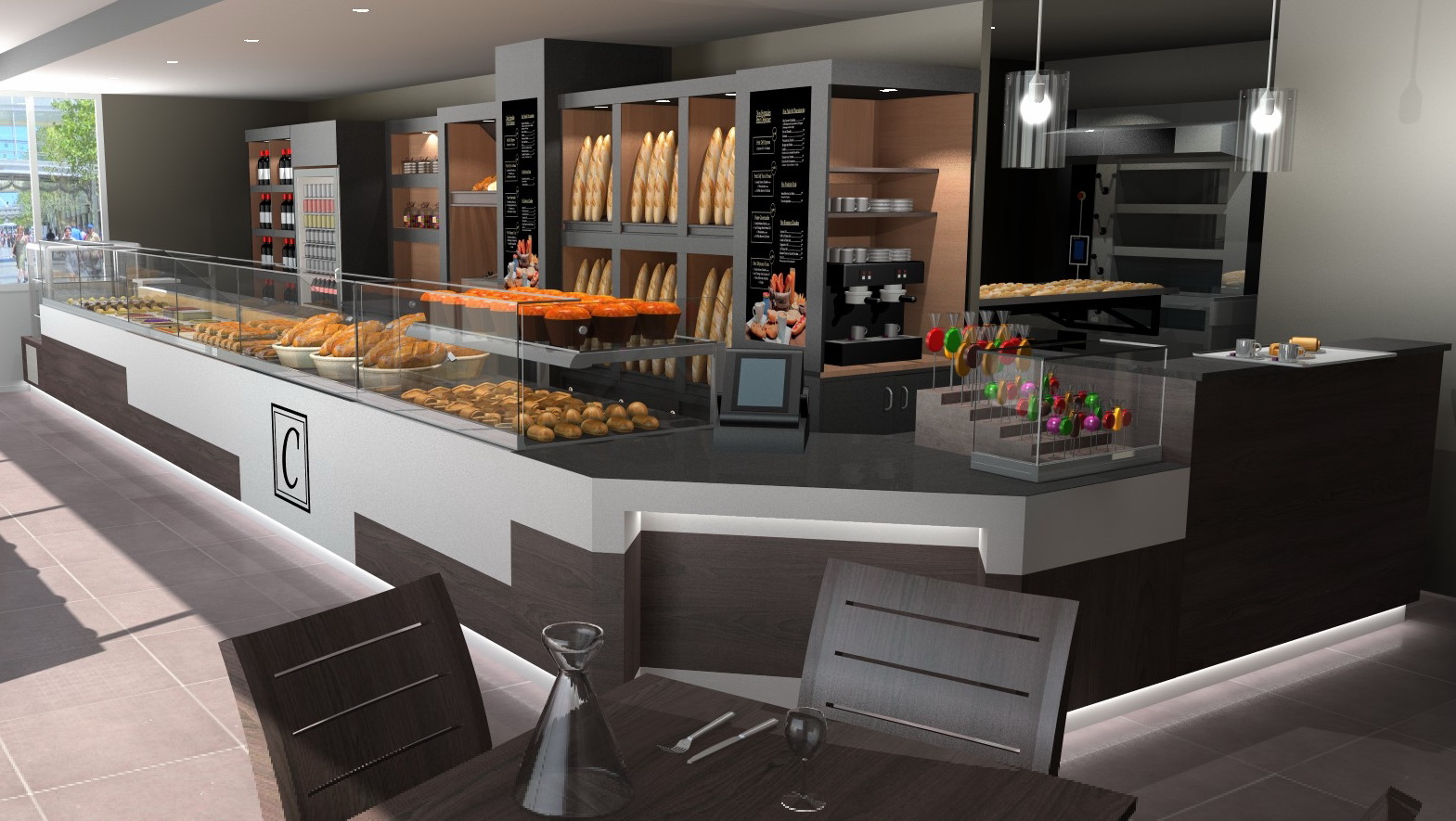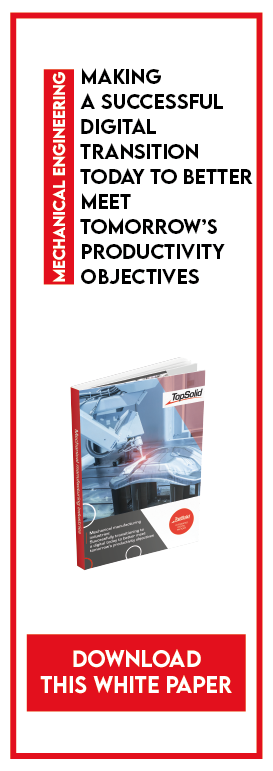
Why does CAD/CAM allow you to add new markets and also earn money?
While many companies have not yet acquired their own CAD/CAM solution, the fact remains that a well-thought-out CAD/CAM solution can be a great ally in growing your business. How can CAD/CAM allow you to add new markets? What are the main criteria to take into account when choosing a CAD/CAM solution? Our answers.
A CAD/CAM to add new markets
Regardless of the type of business, part programming without a CAD/CAM solution, although possible, very quickly reaches a certain limit in terms of technicality and quality. While using a manual and conversational programming “genius” may seem like a viable option, it is nonetheless unrealistic and resolutely limited for large-scale production capacity.
For many companies, equipping themselves with a CAD/CAM solution not only allows them to develop additional technical programming skills, but also represents a significant lever to be able to respond to numerous requests for tenders, which were previously declined.
Better performance, lower costs: there are many advantages to using a CAD/CAM system:
- Less tool wear
- Less waste
- Less machine downtime
- Better rationalization
- etc.
In a development logic, the acquisition of an efficient CAD/CAM is a key step for companies. Whatever the specialization of the company, CAD/CAM becomes an ally of machines and human resources, and leads the company towards markets that were previously inaccessible due to a lack of resources. With the ability to produce more, in less time, the company can therefore go further, expand its offer, enter new markets and increase its turnover.
Choosing a CAD/CAM software that supports your growth
Though the added value of a CAD/CAM software is already proven, it is still necessary to choose the solution best suited to your needs, which will help you to expand your business. What are the focal points to be taken into account?
Benefits of a fully integrated CAD/CAM solution
Not all CAD and CAM solutions are created equal. Some solutions only offer the Computer Aided Manufacturing option, i.e. only the part relating to the programming of CNC (Computer Numerical Control Machines). In this case, it will be difficult for users to design their own parts to be machined or define a machining setup. To address this situation, users tend to add a CAD solution to their CAM solution. We can therefore talk about a “partially” integrated solution. And for good reason, since the exchanges between the two solutions are not “native”, they are often more difficult to master, not always reliable and even sometimes hazardous.
While a CAD/CAM solution is intended to support the company in its development, choosing a fully integrated solution is preferable. The union between Design and Manufacturing is therefore natively made, and communication between the two entities is direct, optimal and without any ambiguity.
TopSolid CAD/CAM Product Range
Criteria to be taken into account
A CAD/CAM solution must be a complete, flexible, modern and easy to use tool. It must therefore:
- Offer a range of possible simple features that can be quickly assimilated by an experienced professional, but also by a new employee discovering the company and its specificities in machining.
- Be perfectly compatible with the company’s means of production, in particular the machines to be driven and their diversity – language, technology (3x,4x,5x, turning, mill-turn), their size, their complexity (multi-spindle, multi-table, head attachments, etc.).
- Be perfectly compatible with the expected manufacturing needs. The software tool must be able to meet the company’s machining needs and manufacture the customer’s parts.
If it responds to these various challenges, a CAD/CAM solution is a way for the company to be more efficient in its production:
- Reducing programming times
- Reducing machining times
- Improving quality (less waste)
- Reducing costs
- Being more competitive in the face of the competition, either in terms of time or price
- And therefore gaining more market share
Advantage of teaching CAD/CAM nationally
In addition to the performance of the CAD/CAM solution, favoring a solution that is taught at the national level represents added value and potential for companies looking for development. The fact that a CAD/CAM solution is taught at the national level is not only a guarantee of confidence, but it also represents a major advantage for companies in terms of human resources management: easier recruitment, faster integration, increased productivity, etc.
TopSolid, a growth partner for companies
For more than 30 years, TopSolid has been adapting its offer to the needs of the market in which it operates. A CAD/CAM solution acclaimed by teachers, TopSolid can be proud of offering a “fully” integrated digital channel. Responding to the growth and development challenges faced by many companies, regardless of their size, today we are proud to contribute to their acquisition of new markets and their prosperity. To find out to what extent CAD/CAM can be a lever for performance and growth, there is nothing like seeing it with your own eyes: our customers In Bo and VCN Industries (videos available in French).



